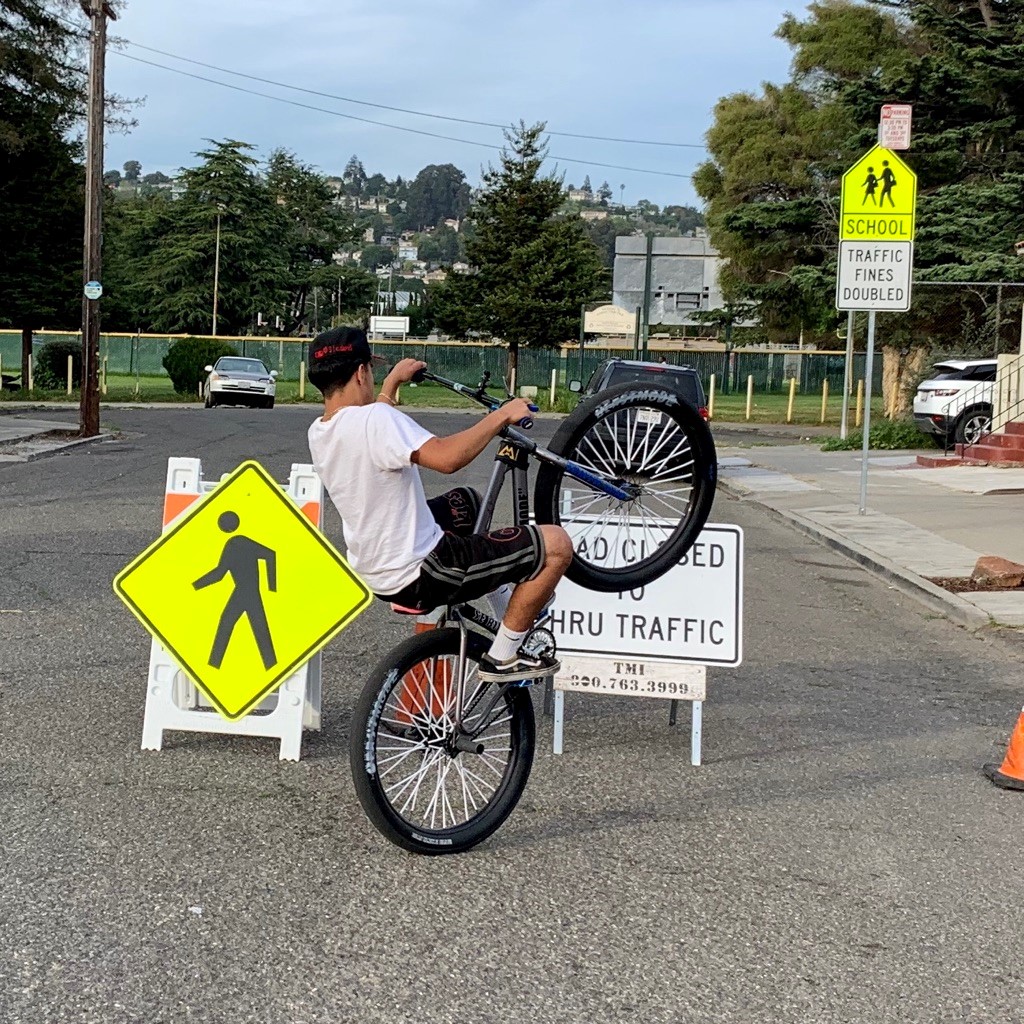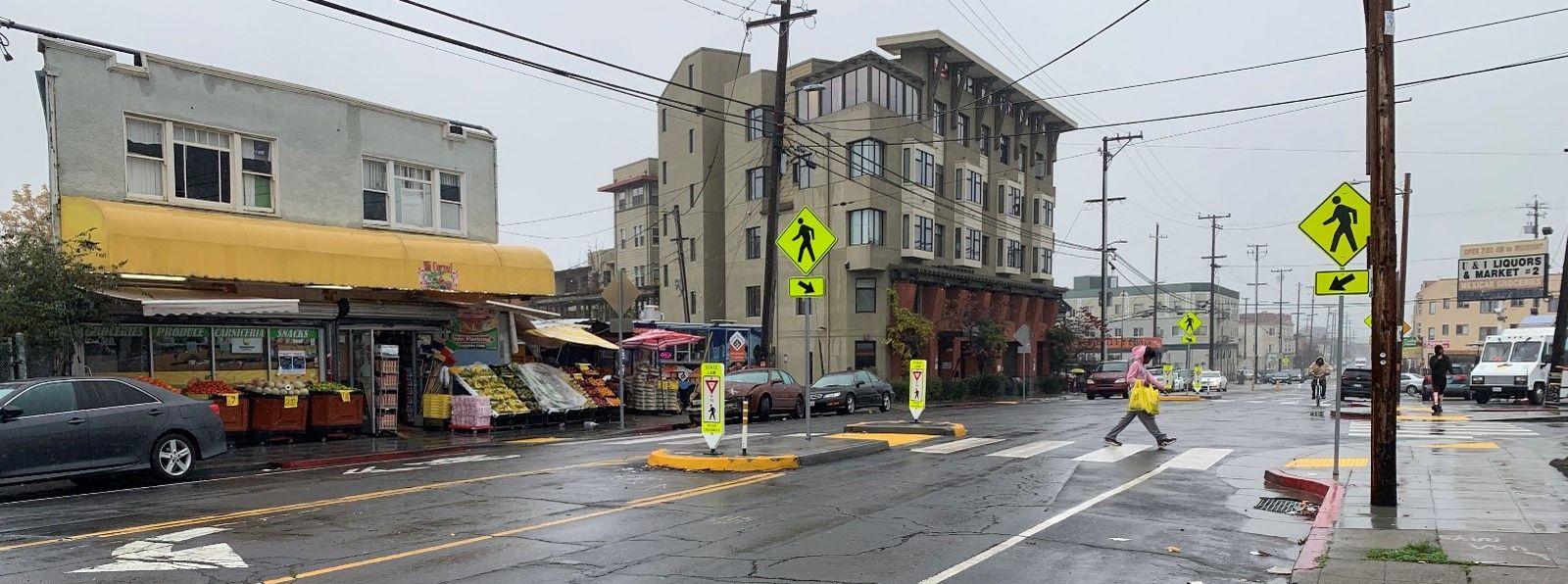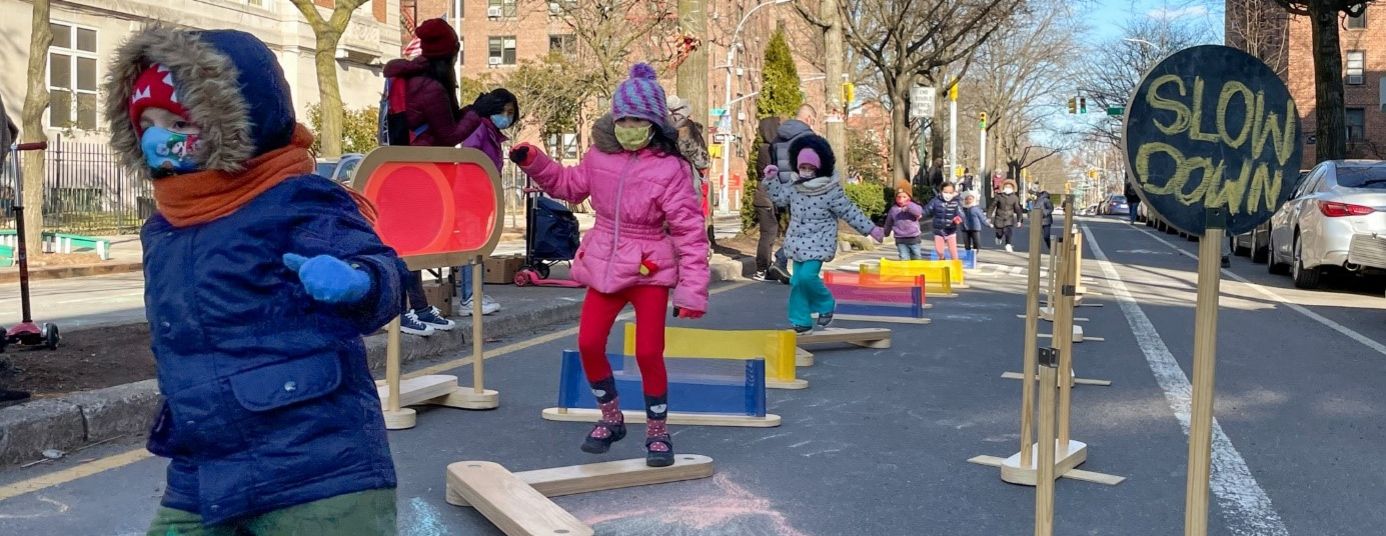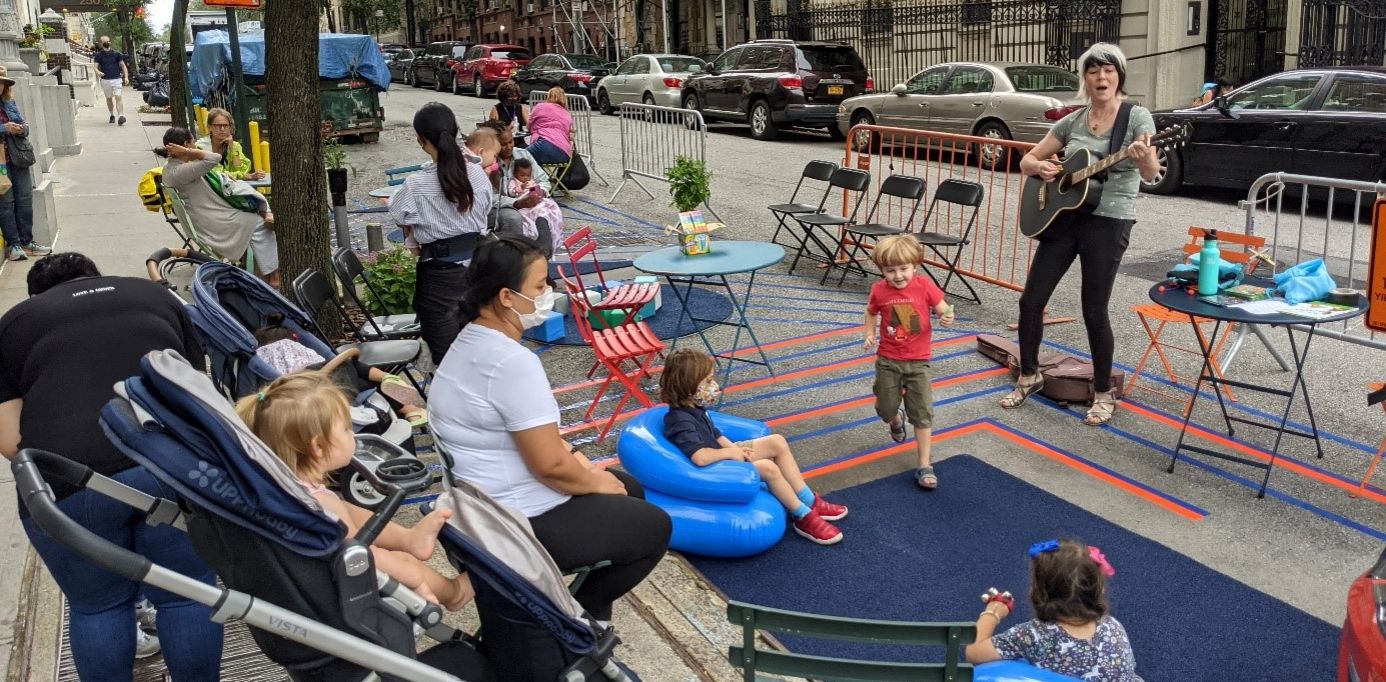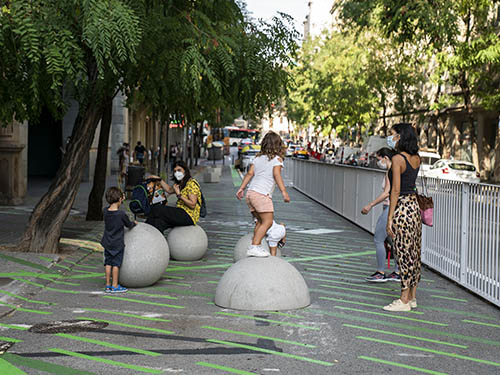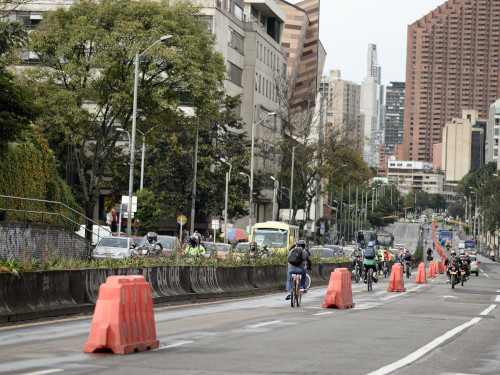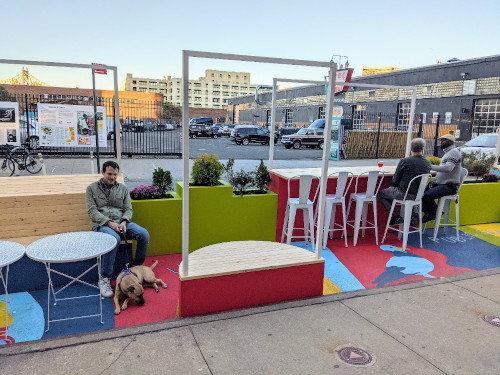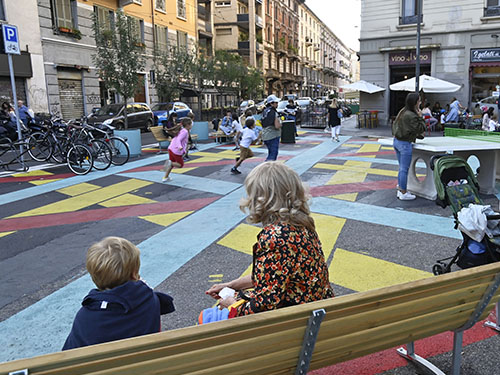With its Open Streets (OS), New York City also launched a programme in March 2020 to respond to the challenges of physical distancing and to avoid the overcrowding in parks and gardens. Taking the form of temporary street closures to traffic or transit (except for residents, deliveries, and services), the aim was to encourage New Yorkers to walk or cycle and engage in outdoor activities. Unfortunately, the first edition of the programme was a failure and after only 10 days, the city decided to withdraw the pilot projects. The facilities were not understood and little use by residents was observed. Local associations (pro-pedestrian and pro-bike) then mobilised to demand the return of the programme with an adapted procedure: The Open StreetCoalition4 was created, enabling to bring the voices of the project's defenders before the city council. For example, it was pointed out that the first series of OS were too short and located in neighbourhoods where the needs had not been well identified. The massive presence of the municipal police and the devices (barricades) put in place to secure the streets represented an obstacle for the local population. Thus, the Coalition called for a less heavy and more local management.
This mobilisation therefore helped the launch of a second edition of Open Streets, located on longer stretches and in residential neighbourhoods lacking parks and green spaces. This time, the sites were identified by local associations in conjunction with local residents. In the summer of 2020, the communities even took over the management of some of these streets. Since then, the OS have quickly become the site of various outdoor activities, also in popular neighbourhoods. In others, Business Improvement Districts5 have taken over the management of the streets. However, the gaps have once again become more pronounced between the poorer districts and the better-off ones. In richer neighbourhoods, access to resources was better and they more easily applied for funds from NGOs to finance management, maintenance, and programming. The poorest neighbourhoods had to rely on the work of volunteers, quickly exhausted by the many difficulties that ensure OS management. With limited opening hours, the deployment of furniture, barricades and games, the daily management of the Open Streets represents a major task. The volunteers sometimes also received complaints and threats directly from opponents of the project. As a result of this feedback, partnerships between the Open Streets in poor and in wealthy neighbourhoods were created in order to better redistribute the funds obtained. In the future, long-term financial support is needed to ensure the sustainability of the programme and its management. However, a permanent closure of a large part of these streets would considerably reduce these costs. In early 2022, some Open Streets still rely on volunteers for management and support. The city has provided assistance through the City Cleanup Corps6, who help keep the streets clean. In some cases, they have taken over management of Open Streets.
Meshed throughout the city, as linear parks or calmed corridors, Open Streets could transform the quality of life in neighbourhoods and improve the daily commuting for New Yorkers. But this long-term vision on Open Streets and their opportunities to transform public space is missing at this stage. Since 2020, 274 Open Streets have been created, but only 126 remain active in October 2021. With a total of about 24 miles (39 kilometres)7, the goal of 100 miles (160 kilometres) announced at the beginning of the programme by then-Mayor Bill de Blasio seems far away. The application for new Open Streets is open, but before committing to new projects, the Coalition is calling for all Open Streets to be made permanent and open 24/7. The first Open Street transformed into a permanent design was Dyckman Plaza, in Washington Heights (Manhattan)8. The permanent design for this former Open Street, which had been maintained by local restaurants that used the space to provide outdoor dining and events, was inaugurated in December 2021. None of the volunteer-led Open Streets have been announced to be made permanent yet, but community stakeholder meetings were held in 2021.
